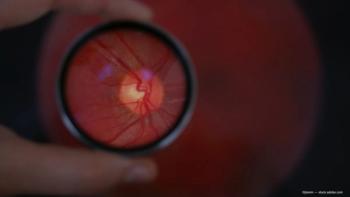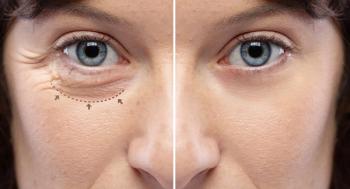
FDA approves Coherus’ interchangeable biosimilar for Lucentis
According to a news release, the U.S. Food and Drug Administration has approved Coherus’ ranibizumab-eqrn (Cimerli) as an interchangeable biosimilar for all five indications of Lucentis.
Coherus BioSciences, a biopharmaceutical company, announced that FDA approved ranibizumab-eqrn (Cimerli) as an interchangeable biosimilar for ranibizumab injection (Lucentis) on Aug. 2.
It is the first biosimilar product interchangeable with Lucentis across all five indications.
The company noted in a press release that ranibizumab-eqrn is an anti-vascular endothelial growth factor (VEGF) therapy biologic, which has been gaining traction in ophthalmology, according to a company press release. It is Coherus' second FDA approved biosimilar, following Udenyca (pegfilgrastim-cbqv), a biosimilar for Neulasta (pegfilgrastim). Coherus plans to release it in early October 2022 in both 0.3 mg and 0.5 mg dosages. Coherus also plans to release an FDA-approved Humira (adalimumab) biosimilar, Yusimry (adalimumab-aqvh), in 2023.
“[Ranibizumab-eqrn] will provide both greater treatment access and choice for patients, payors, and providers in the US retinal disease community,” Paul Reider, chief commercial officer, Coherus BioSciences, said in the press release. “Coherus is the only company in the $7 billion anti-VEGF ophthalmology market with a demonstrated track record of US commercial biosimilar success.”
Denny Lanfear, CEO, Coherus BioSciences, also noted in the press release that the approval of ranibizumab-eqrn and its upcoming launch represent a strategic inflection point for Coherus as the company transitions to a multi-product revenue stream.
“[Pegfilgrastim-cbqv], our first product, established our track record of success competing in the US biosimilars market,” he said. “Our upcoming launch of [ranibizumab-eqrn] and planned launch next year of our third approved product, our [adalimumab] biosimilar, [adalimumab-aqvh], will leverage this experience and knowledge.”
Newsletter
Don’t miss out—get Ophthalmology Times updates on the latest clinical advancements and expert interviews, straight to your inbox.









































